AAA
Fish ring, koi carp. 925 silver, turquoise copper or nan hong agate. Fengshui. Symbol of bravery, perseverance, courage and love
Fish ring, koi carp. 925 silver, turquoise copper or nan hong agate. Fengshui. Symbol of bravery, perseverance, courage and love
Couldn't load pickup availability
Fish ring, koi carp.
925 silver.
Copper
With the choice of Turquoise “sleeping Beauty“ or Agate nan hong (southern red), this agate owes its color to the presence of cinnabar (hgs) in its composition.
As a gemologist graduated from the National Institute of Gemmology (ING), Paris, France. All our materials are appraised and certified by us. weight of rings 20 grams
Open rings therefore perfectly adjustable to each finger size.
I n Asia, particularly in China and Japan, fish occupy a fundamental place in traditions and cultures. Fish represent a symbol of wealth and professional accomplishment. The fish is one of the most common traditional motifs in Asian cultures. In China, the fish appears very early in decorative motifs.
Already, under the Zhou era, in the 11th century BC, the fish appeared on funerary objects. As it was used to close the eyes of the dead, it was thought to be a symbol of reincarnation.
According to Chinese traditions, the fish symbolizes wealth, abundance. This symbolism would find its origin in homophony. Indeed, in Chinese, the word "fish" "Yu" 鱼 [yú] would be closer to "Yu" 裕 [yù] which means "many" or "abundance". It should be noted that the goldfish carries a symbolism different from that which we know in the Western world. In China, and more widely in Asia, goldfish represent wealth and abundance. During the New Year, whole fish is a must. It is traditional to leave the central bone, the head and the tail intact in order to bring good luck and abundance throughout the coming year. During the New Year, fish, especially goldfish, appear in many images.
Among the most popular images, one is particularly famous and classic. We see a child holding a gigantic fish and a lotus flower. This famous motif symbolizes wishes for successive abundance and numerous posterity. Yet another meaning can be attributed to fish. The famous "Yin and Yang" symbol is often referred to as "the two fish". Yin and Yang representing the two polarities, it is quite easy to relate this symbol to marital harmony, happiness in marriage. Finally, Buddhist traditions attribute to the fish the freedom of spirit, the one who achieves enlightenment despite the constraints. When you think about it, the fish lives in the water, it escapes constraints to swim freely.
A Chinese legend says that every year, the carp go up the tumultuous Yellow River to reach the Dragon Gate (Longmen) and cross it. The most persevering have the privilege of being transformed into a Dragon by the Celestial Emperor, while those who fail must try their luck again the following year. Legend has it that three small carp, red, black and gold, managed to reach the Dragon Gate. By dint of determination, perseverance, courage and solidarity, the three carp cross in turn the Dragon Gate and are transformed into a Dragon. Since then, the Longmen or Koi carp have become the Feng Shui symbol of success in all fields. Carps embody stubbornness and the ability to climb the ladder to find themselves at the top despite the obstacles. A great lesson in tenacity!
Fish and carp are among the most common traditional motifs in Chinese and Japanese cultures. We find the fish on all types of objects: cushion covers, vases, key rings, kakemonos, statuettes or ashtrays. Koi carp are renowned for bringing peace and serenity to Asian gardens. On a spiritual level, it embodies strength and perseverance in the face of life's challenges to move forward. Also, did you know that Japanese students are given koi carp cards to bring them luck on their exams? In Japanese culture, it also represents upward social mobility, particularly marked in the 21st century. Symbol of virility and strength, it is very present during the Kodomo no hi ceremony or formerly Tango no Sekku. It is the children's day which takes place every May 5 in Japan. Most associated with little boys, the festival originated in the Kamatura era, when young samurai sons received their first armor. Nowadays, the ancestral ritual persists to proudly symbolize the place of the young man in society. During Kodomo no hi, the Japanese hang pennants in the shape of koi carp representing the whole family swimming against the current. The father is represented by a black carp, the mother is like a red carp and each child has his own fish. This tradition is believed to bring good luck to the home and instill an example of courage in future generations. During this day, the children take iris baths to perpetuate the chivalrous spirit of the father and can sometimes drink sake.
Symbol of bravery, perseverance, courage and love and heritage of a cultural heritage, the koi carp is a great pride in the Japanese archipelago and in particular in the village of Yamakoshi, its cradle. She also appears on the Japanese prints and paintings of the great masters, so much she is adored. The first stories mentioning the koi carp date from the 5th century BC. The beautiful one was raised in China and Korea before arriving in the archipelago where it was introduced into the province of Niigata. Originally, it was a dark colored common carp imported into the territory during the Sino-Japanese invasions. For centuries, the inhabitants of Japan have been raising carp in the ponds that feed the rice fields mainly to diversify their diet. The first specimen of koi or kohaku appeared in the 19th century, following an unexpected chromatic mutation. This results first in red, then white, and finally bicolor individuals. Carp became prized for their bright colors which gave them aesthetic qualities. It was the beginning of the breeding of koi carp for ornamental purposes which, after several crosses, gave birth to a hundred varieties of carp with yellow, orange, red and black hues in the province. In Japan, they are called “Nishikigoi” (colored fish)
Share
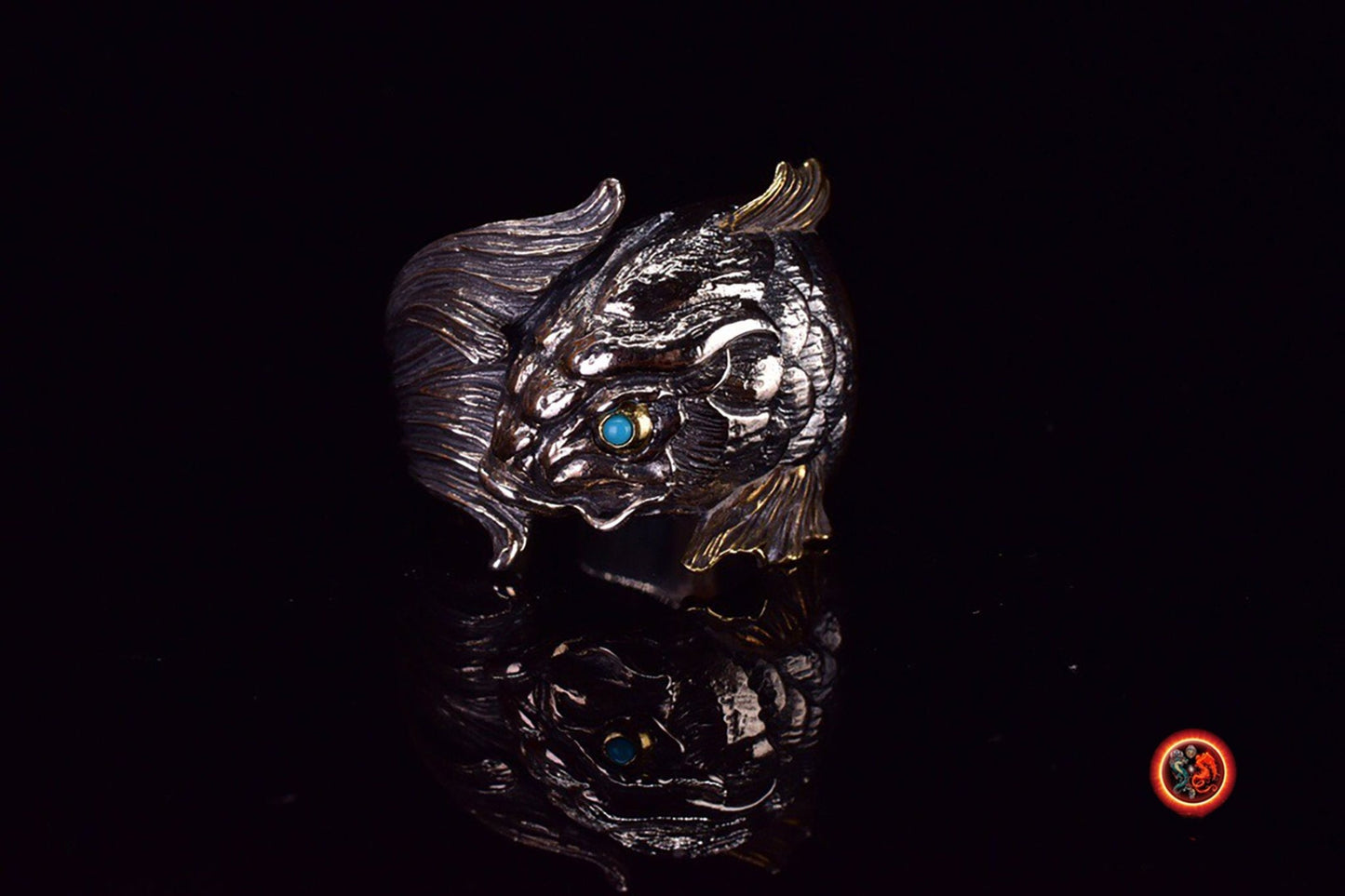
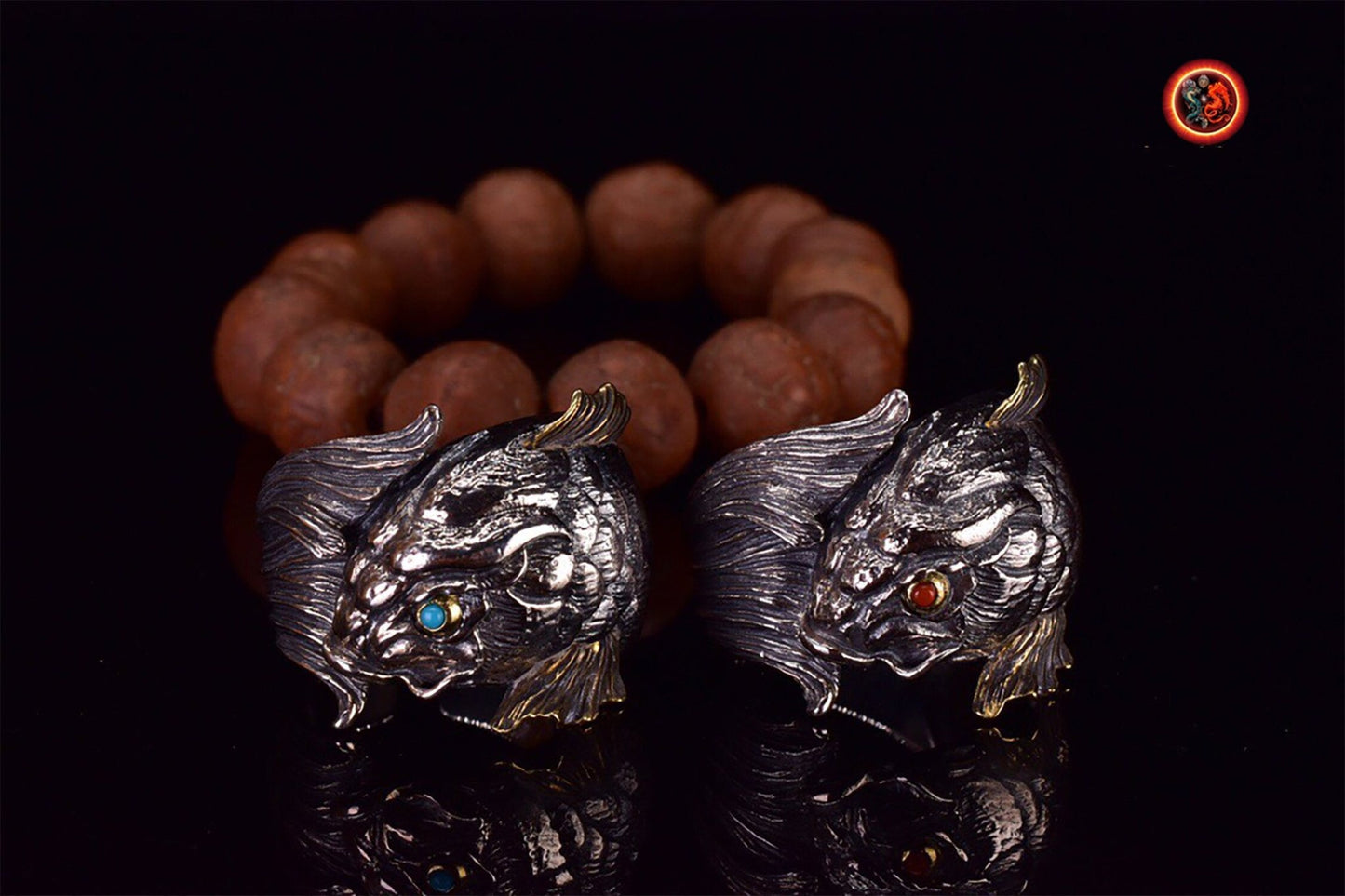
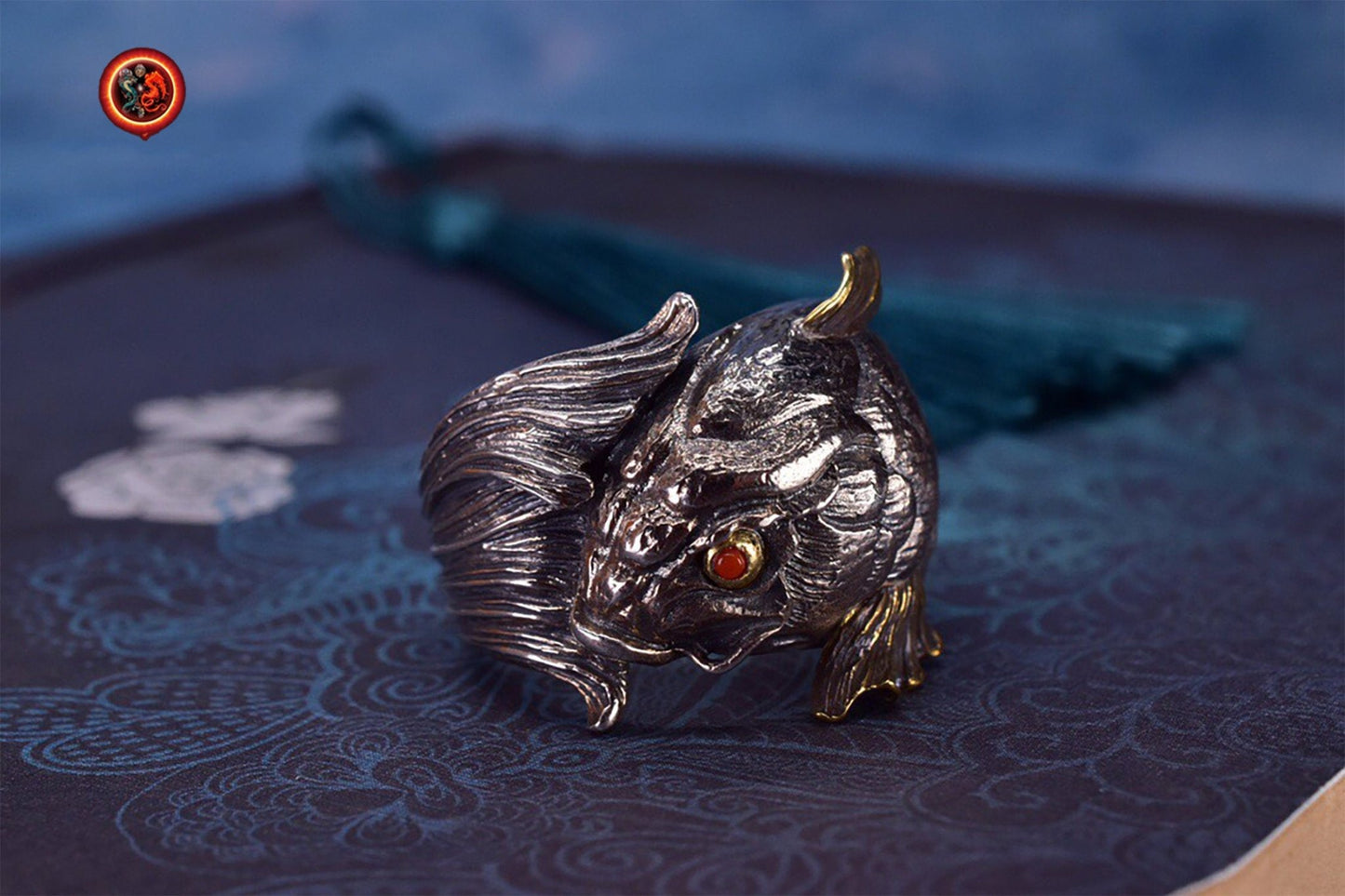

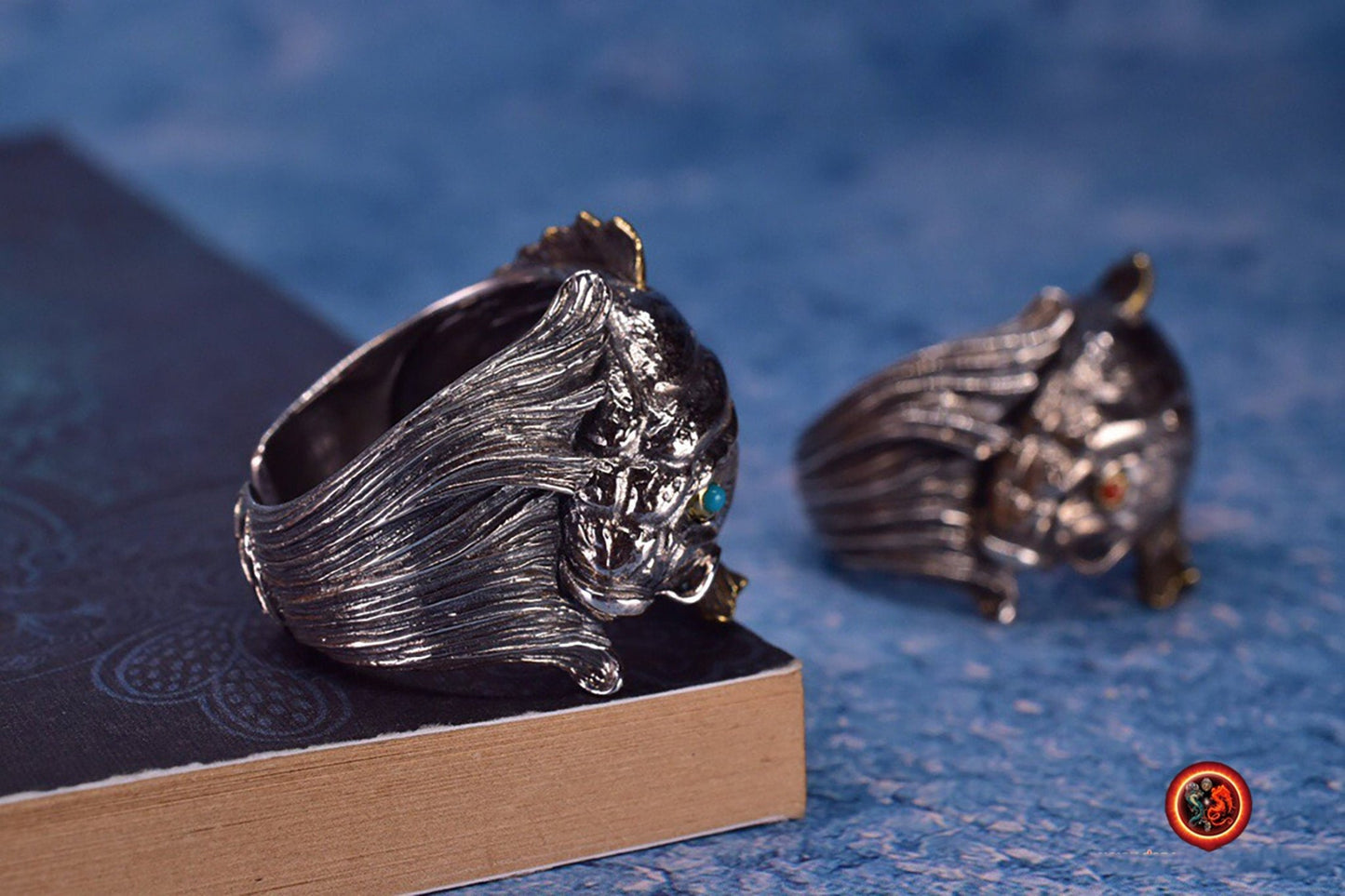

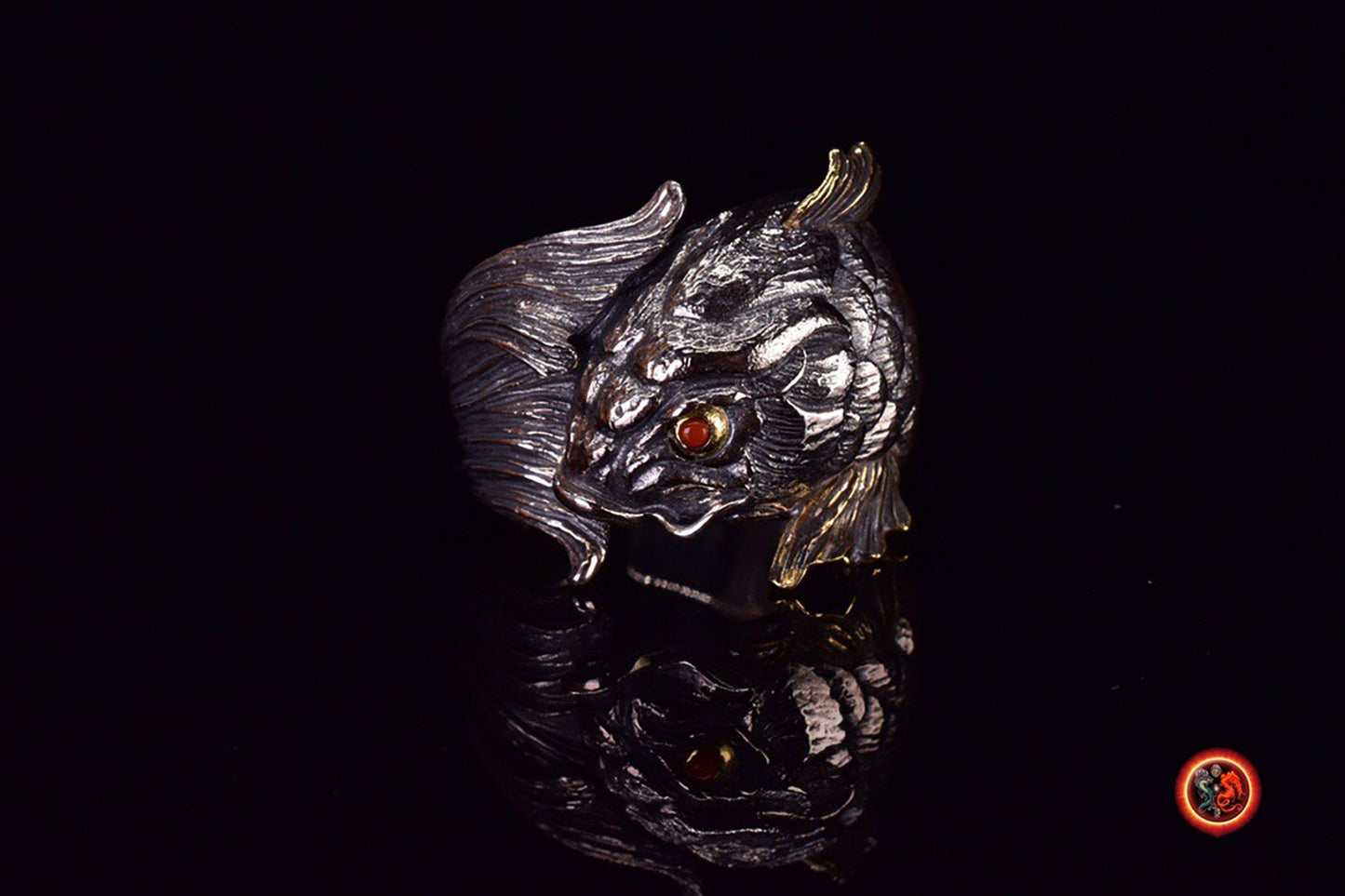
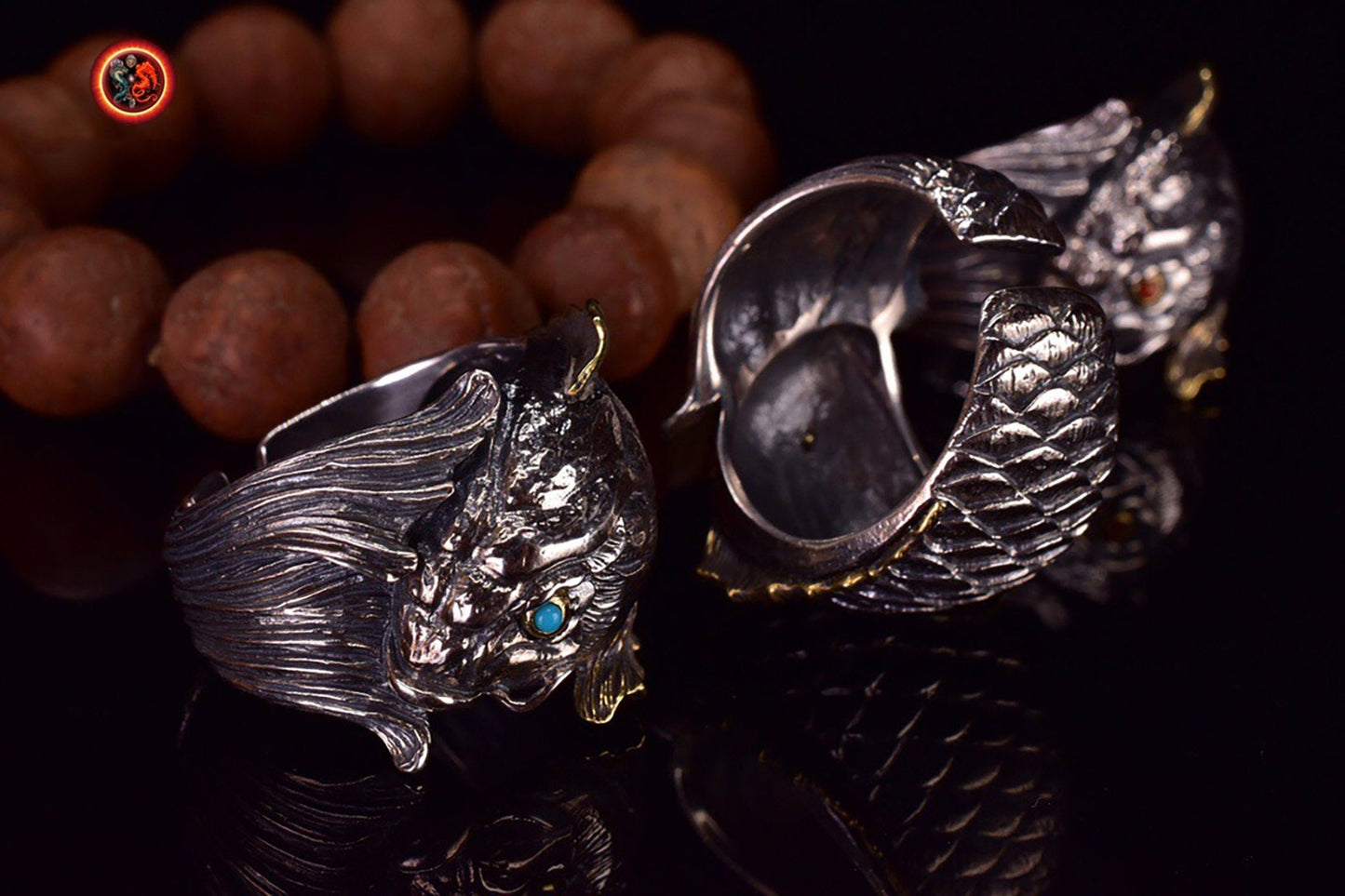
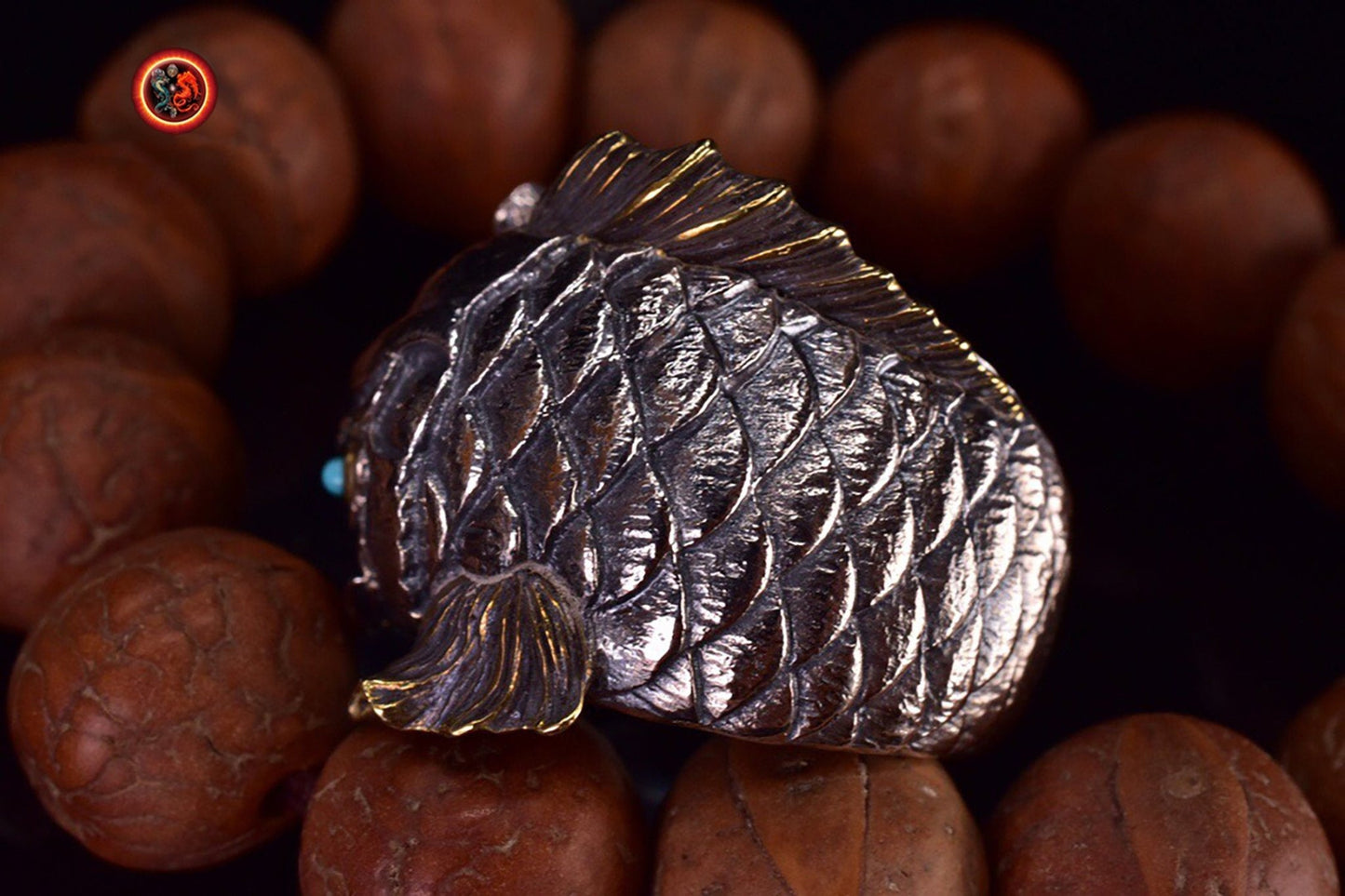
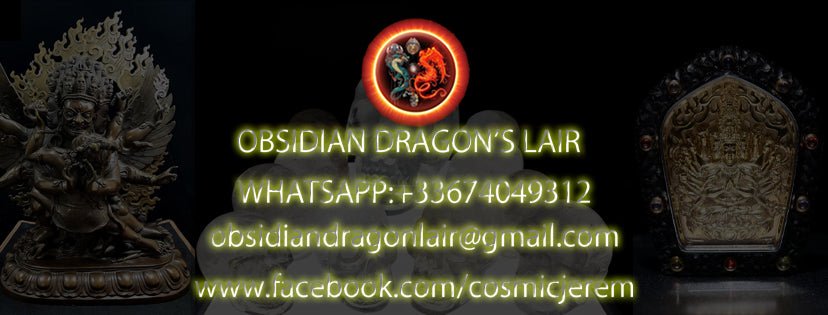
-
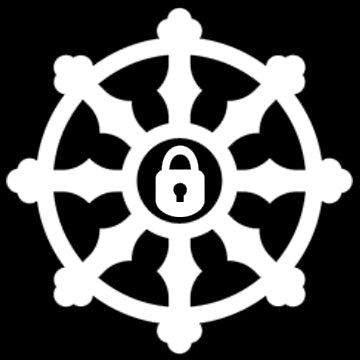
100% secure payment
3 times interest-free option with Scalapay
-

Free delivery in France and internationally
14 days money back guarantee after delivery (see our conditions of sale)
-

Excellent customer service
Live chat
Whatsapp +33674049312
Let customers speak for us
from 901 reviewsLe collier est superbe, et ce pendentif magnifique, ses détails! et l'odeur du bois de santal que c'est agréable! Qualité extra! Contact excellent avec Jérémy, merci beaucoup pour votre gentillesse! Quelle qualité, vivement le mala !

L'objet est très joli et malgré que je ne sois pas un spécialiste, je trouve que le crystal est beau. Il n'est pas parfait et cela me rassure sur la qualité du produit qui est sensé être naturel donc imparfait.
Très bien emballé et en plus housse de rangement offerte.
MERCI

Je suis très satisfaite, livraison rapide et soigné. J'ai appréciée la communication avec Jérémy… L'article est superbe, plus jolie que ce que je pensais.

J’ai commandé un crâne de dragon, il est super beau et très puissant. Je l’adore 😍 Et l’envoi a été très rapide 🤗 merci 🙏🏻

Absolument magnifique,il m’appelait ce bracelet et je suis ravie je ne vais plus le quitter merci 🙏🏼😍

Merci pour votre envoi, la pierre est magnifique, merci..

bracelet puissant, je suis content de mon achat

Bonjour je viens de le recevoir, il est magnifique encore mieux que j’espérais merci beaucoup.
Article de qualité et très bien emballé

Cet artisan est gémologue, il travaille avec des artisans qui sont des vrais artistes, je suis bluffé par la qualité des ouvrages sur l’argent et sa qualité. Quand à la qualité des pierres pas besoin d’être gémologue pour voir la qualité exceptionnelle des pierres, encore une fois le travail de sculpture est exceptionnel.
Mon mala traditionnel est une pure merveille dans la tradition originelle. Le ghau est une merveille qui me comble.
Bref que dire de plus :). Allez sur son site.
PS : vendeur qui connait son métier et les traditions bouddhistes ce qui est un plus en plus :)

Cette petite vanité est ravissante, très bien sculptée et la livraison a été parfaite. L'objet bien protégé et l'envoi très rapide.

Pièces de qualité envoie rapide

Ce crâne est un Etre de Lumière. Attirant , inspirant , "parlant".
Il est un Ami qui tire mes pensées vers le Haut.
Ses énergies vibrent à des fréquences élevées. Il est puissant dans la douceur.
Un crâne de Dragon m'assite également. Merveilleux !

Très beaux bracelet et très puissants

Magnifique crâne givré de l'Himalaya.

cette chevalière est tres bien réalisé, avec beaucoup de détails, je suis heureux de l'avoir













